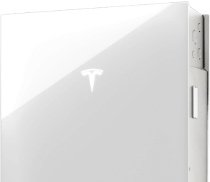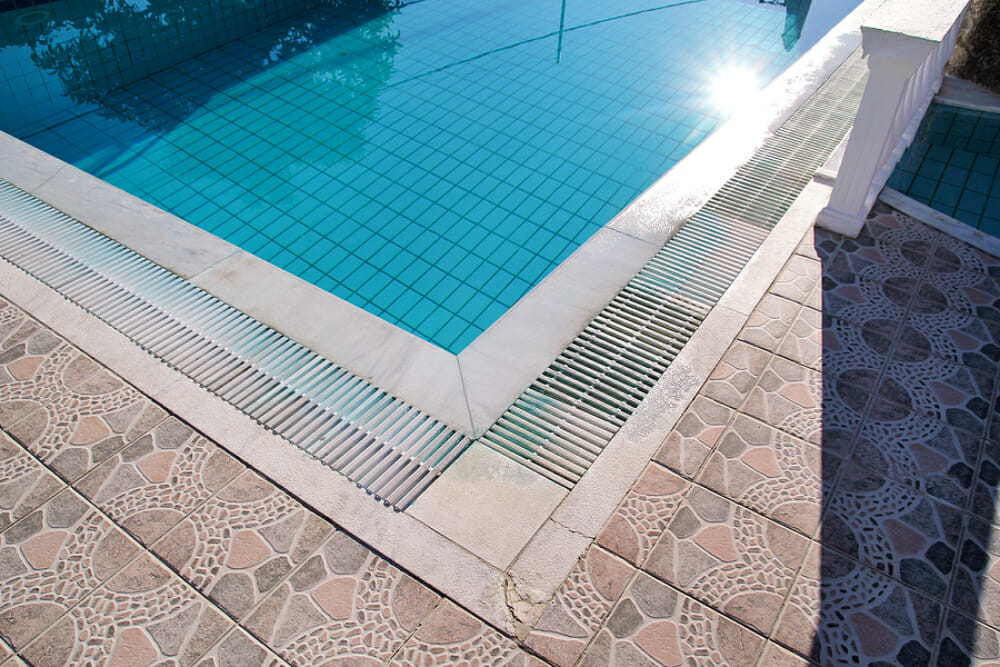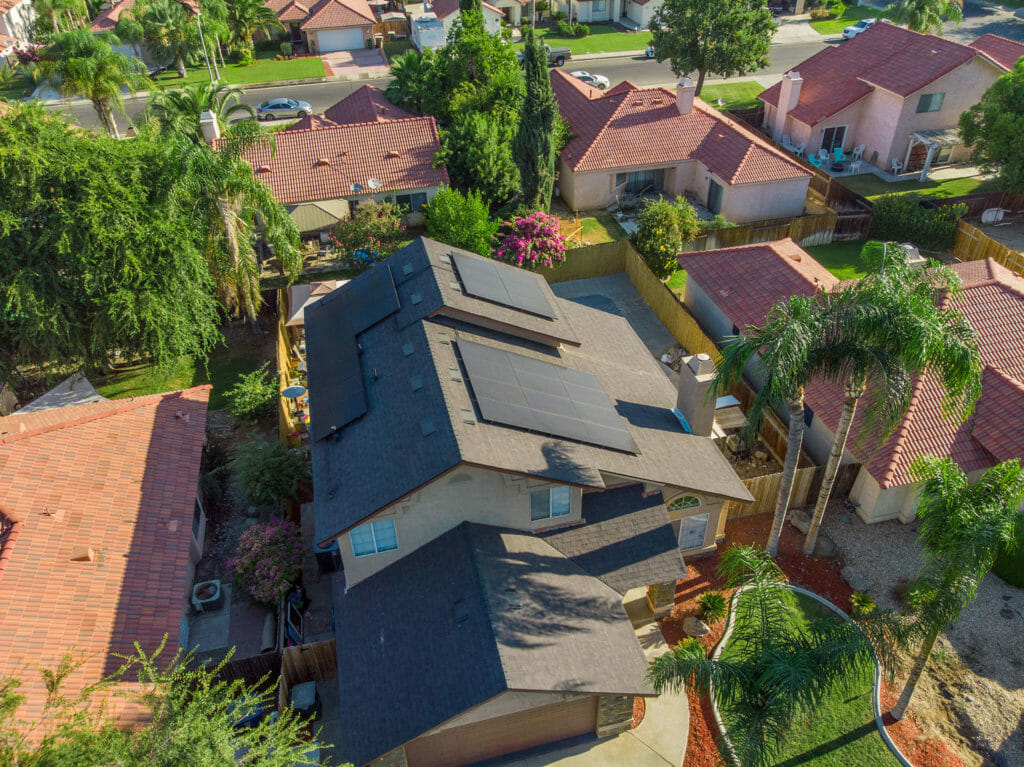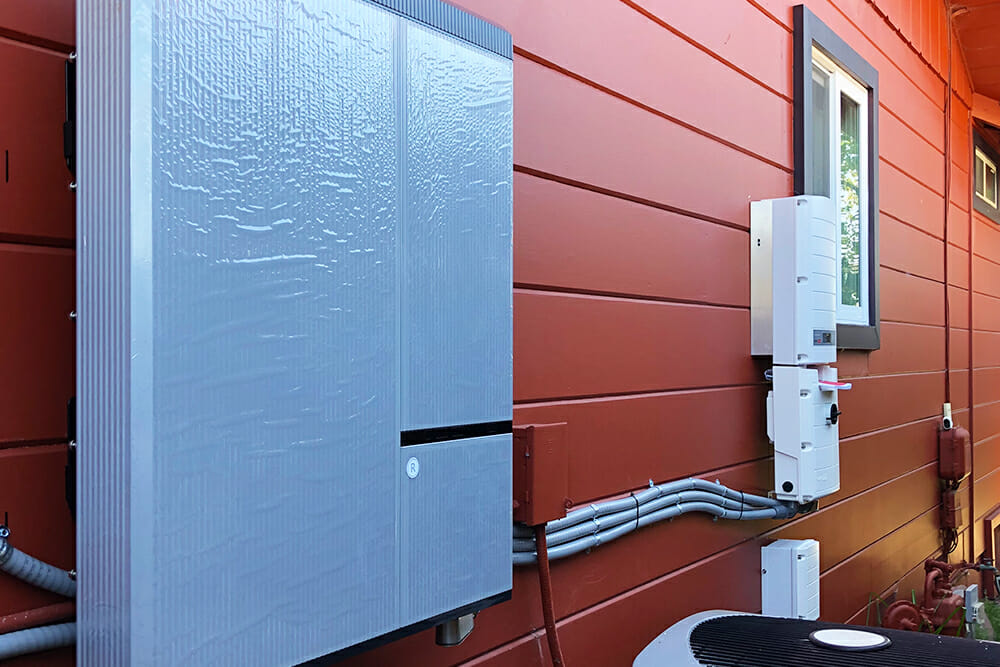A solar inverter is a crucial component. Solar panels generate direct current (DC) energy. That’s a problem, since your home is powered by alternating current (AC). This is why solar power systems use one or more solar inverters, which take the DC power generated by your panels and convert it to AC power for use in your home.
Like English and Spanish, DC and AC are two distinct languages—in this case, the language of energy.
Solar panels ‘speak’ DC, whereas your home (appliances, TVs, computers, etc.) and the utility grid ‘speak’ AC. Without some help, your solar panels can’t send power to your home or the grid.
A solar inverter provides that help, taking the DC energy produced by your panels and translating it to AC energy.
Some inverters come with additional features that make it easy for solar owners to monitor their system’s energy output and notice any signs that call for professional maintenance. You can log in to the platform that your solar installer provides to check the status of your system at any time. With modern solar inverter technology, you can find the answer to questions like:
- On average, how much energy do my solar panels produce in one day?
- What solar panel produces the most energy on a given day?
- What time during the day do my solar panels produce the most energy?
- Are any panels producing less energy than expected?
Monitoring your solar panel production goes a long way in helping you decrease energy usage when your panels aren’t producing as much energy (such as when the panels are covered by shade, or later in the day as the sun sets).
There are two types of solar inverters: microinverters and string inverters. Microinverters are more efficient.
Now you know the basics of how a solar inverter works. Let’s go into more detail about the differences between a microinverter and string inverter, the two most common inverter types used in solar power systems.
With a string inverter, your solar power system’s performance is always equal to the lowest performing panel. Think about solar panels like the bulbs on a string of Christmas lights—when one light bulb goes out, the whole string of lights goes out. This is similar to what happens with a string inverter. When one panel’s energy output drops—whether the dip in performance is caused by shade, or debris like leaves or dirt—the energy output of all solar panels drop.
Imagine that your solar system setup consists of six panels, and one of the six panels is obstructed by the shade from a nearby tree, resulting in a 15% energy output loss for that panel. Because string inverters connect all six panels together, the other five panels also drop their energy output by 15%, even though they are unobstructed by shade. In the course of one day, you might experience multiple energy production dips, often due to environmental factors not in your control.
If your home has a roof with multiple planes, or it’s surrounded by trees, a string inverter may not be the best choice for you. You can still go with a string inverter—this setup may even be recommended to you by a solar installer—if you live somewhere that is regularly sunny and you have a south facing roof.
With microinverters, each solar panel operates independently. If one panel’s energy output drops by 15%, no other panels are affected. Compared to string inverters, microinverters—under ideal conditions—allow the solar panels to produce more energy.
A microinverter is mounted beneath each solar panel. Because all panels have their own inverter, system installers have greater flexibility. If you want to add more panels to your system later, all you will need is additional microinverters. However, it’s more complicated to design, install, and add string inverters to an existing system due to all the wiring involved.
Microinverters also put out less voltage than string inverters. A string inverter setup can be up to 1,000 volts—and that’s electricity running directly across your roof. Industry leading microinverters are less than 100 volts, meaning there is less cause for concern about high voltage and the dangers that come with it.
Deciding between a string inverter versus a microinverter setup often comes down to cost and lifespan.
It’s clear that, given the right setting, microinverters give solar panels a performance advantage, but you should also consider cost, maintenance, and system lifespan.
Upfront cost is one of the main reasons solar buyers go with string inverters, as they are less expensive than microinverters. You can expect to pay approximately $1,000 more for microinverters than for string inverters for every 5 kWh of solar installed. But, keep in mind that you will likely more than recoup the additional cost of microinverters, due to enhanced system performance.
Maintenance is also a bit more difficult—and potentially more expensive—with microinverters. You will have one microinverter per panel, and if a microinverter stops working properly, it can be difficult to pinpoint which one it is. Beyond detecting the problem, accessing a damaged microinverter is a challenge. A solar technician will likely have to remove the panel to reach the underside. A string inverter is simpler to work on, as there is only one inverter and it is mounted on the side of your home. The good news is that your solar system should function properly with little issue. Many solar installers and solar manufacturers offer warranties and cover some or all of the cost for repairs, which is another cost saver. Be sure to ask your solar installer or manufacturer if the inverters are covered under the warranty.
Inverter lifespan plays a big role in keeping costs down—the longer they last, the better. String inverters last 10 to 15 years. Microinverters last about double that, around 25 years. Solar panels are typically warrantied for 25 years.
Solar inverters are the key to long lasting solar energy production—you can’t use the energy produced by your panels without them! Now that you know the differences between string inverters and microinverters, you can talk with your solar installer about the best, most cost effective option for you.





